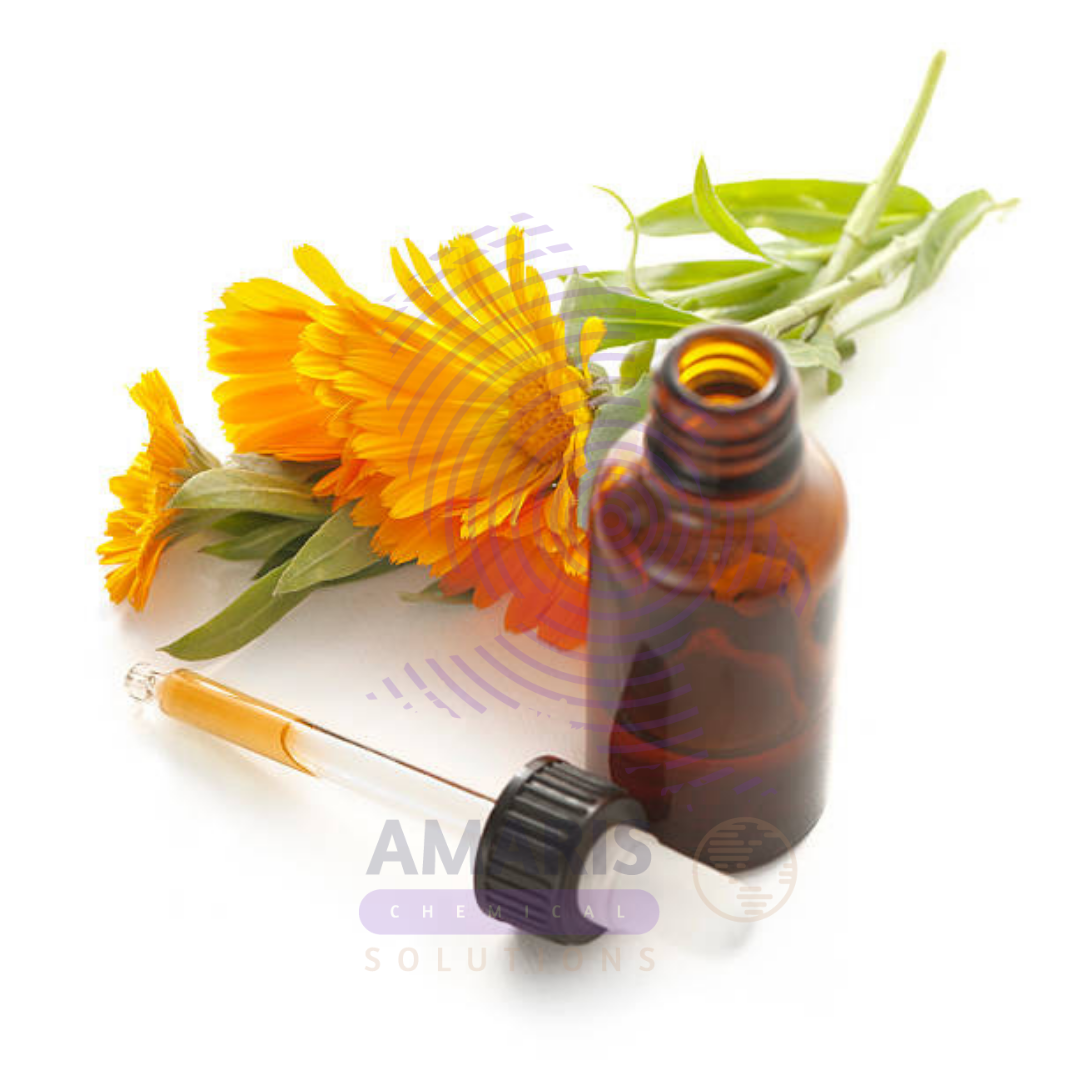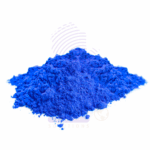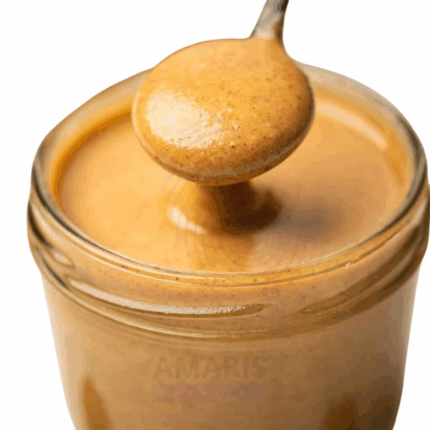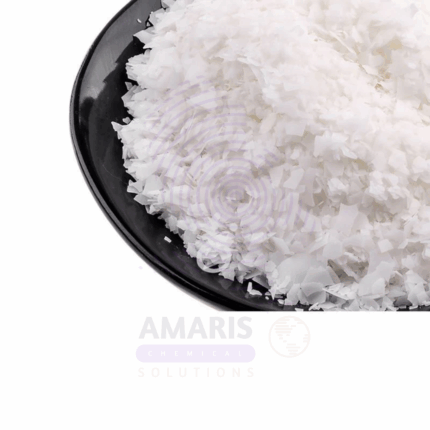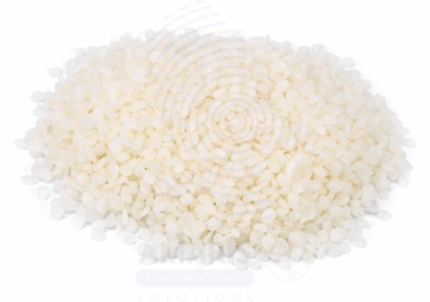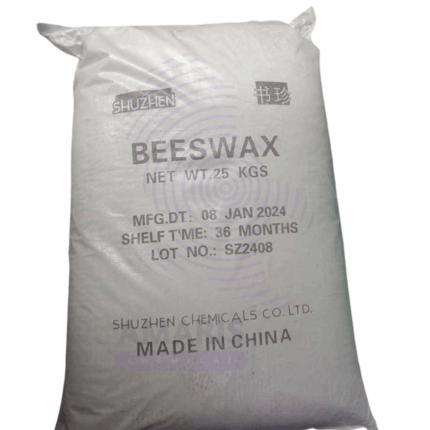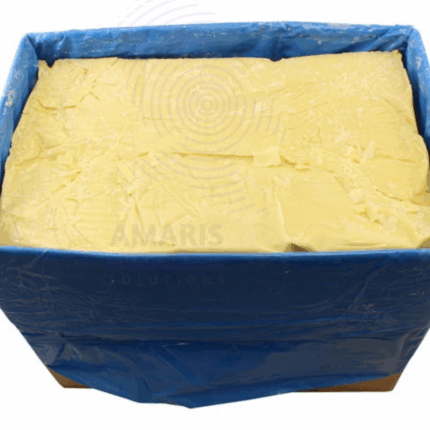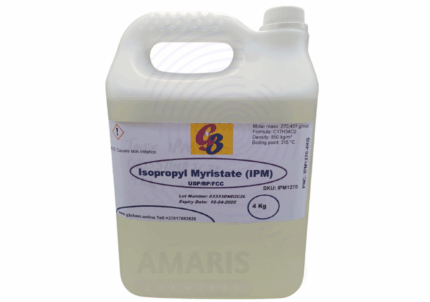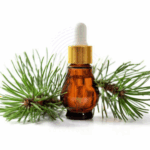
Safflower Oil
Safflower Oil is a high-quality, cold-pressed or expeller-extracted vegetable oil derived from the seeds of the Carthamus tinctorius plant. Pale yellow in color and light in texture, this oil is rich in linoleic and oleic acids, making it a valuable source of essential fatty acids. It is prized for its moisturizing, anti-inflammatory, and antioxidant properties and has been used for centuries in traditional medicine, culinary applications, and skin and hair care routines.
Due to its non-comedogenic and quick-absorbing nature, Safflower Oil is widely used in cosmetic formulations such as lotions, serums, and hair treatments. It is also commonly incorporated into massage oils, therapeutic balms, and healthy cooking oils. In industrial and pharmaceutical contexts, it serves as an excipient, emollient, or carrier oil in active ingredient delivery systems.
Safflower Oil
Primary Uses
- Aromatherapy & Wellness
- Used as a carrier oil for essential oil dilution and aromatherapy applications.
- Added to massage oil blends for its soothing and moisturizing properties.
- Applied topically to nourish dry skin and support skin elasticity.
- Used in skin-repair formulas for its ability to calm irritation and redness.
- Included in wellness formulations as a base for oil infusions and herbal extracts.
- Cosmetics and Personal Care
- Added to moisturizers, face oils, and serums for hydrating and softening benefits.
- Used in anti-aging products for its vitamin E content and antioxidant action.
- Incorporated in lip balms and body butters to restore skin suppleness.
- Applied in hair oils, masks, and conditioners to reduce frizz and improve hair texture.
- Used in scalp care to nourish dry, flaky skin and support healthy follicles.
- Formulated into lightweight sunscreens and after-sun products to protect and repair skin.
- Topical Applications
- Used as a soothing oil in baby care products such as lotions and diaper balms.
- Applied directly or in blends to help improve the appearance of scars and stretch marks.
- Used as a base oil in herbal infusions, poultices, and salves.
- Incorporated into barrier creams and ointments for compromised skin.
Secondary Uses
- Food and Beverage Products
- Used as a cooking oil due to its high smoke point and neutral flavor.
- Incorporated in salad dressings, marinades, and sauces for its light texture.
- Used in food supplements and nutraceuticals for omega-6 content.
- Cleaning and Detergent Products
- Occasionally used as a biodegradable base in natural soap making.
- Applied in gentle cleansing oils and oil-based facial cleansers.
- Spa and Therapeutic Products
- Added to bath oils and body treatments for deep moisturization.
- Used in massage therapy as a carrier oil for essential oils and herbal blends.
- Included in spa facials and masks for nourishing and calming dry or irritated skin.
- Fragrance and Ambient Scenting
- Used as a neutral carrier base in custom perfumery and oil blends.
- Incorporated in oil diffusers when blended with essential oils.
- Pet and Animal Care
- Included in natural pet grooming products for moisturizing benefits.
- Occasionally added to animal skin care formulations under veterinary guidance.
- Industrial and Specialty Applications
- Used in natural paints and coatings for its oxidative drying properties.
- Applied in textile and leather care products as a conditioning oil.
- Employed in the manufacture of soft soaps and biodegradable lubricants.
1. Basic Identification Attributes
- Botanical Name: Carthamus tinctorius
- Common/Trade Name: Safflower Oil
- INCI Name: Carthamus Tinctorius (Safflower) Seed Oil
- CAS Number: 8001-23-8
- HS Code: 1512.19
- Synonyms: Safflower Seed Oil, Carthamus Oil
2. Physical & Chemical Properties
- Physical State: Liquid vegetable oil
- Color & Odor: Light yellow to pale gold; mild, neutral odor
- Solubility: Insoluble in water; soluble in alcohol and oils
- Refractive Index: 1.467 – 1.475
- Specific Gravity: 0.915 – 0.925
- Main Components: Linoleic acid, oleic acid, palmitic acid, stearic acid, vitamin E
3. Safety & Hazard Attributes
- GHS Classification: Not classified as hazardous
- Toxicity: Non-toxic when used appropriately; for topical and culinary use
- Exposure Limits: Refer to Safety Data Sheet (SDS)
- Allergen Information: Considered low-risk; may cause reactions in those allergic to safflower seeds
4. Storage & Handling Attributes
- Storage Conditions: Store in a cool, dark, and dry place away from heat and light
- Container Type: Amber glass, HDPE, or food-grade aluminum containers
- Shelf Life: 12 to 24 months depending on storage and refinement level
- Handling Precautions: Avoid contamination; close tightly after use to prevent oxidation
5. Regulatory & Compliance Attributes
- GRAS (Generally Recognized As Safe) for food use by FDA
- Compliant with IFRA standards for cosmetic applications
- Produced in GMP and HACCP-compliant facilities
- Safe for use in certified natural and organic formulations
6. Environmental & Health Impact
- Biodegradability: Readily biodegradable under natural conditions
- Ecotoxicity: Low; safe for aquatic and terrestrial ecosystems at standard use levels
- Bioaccumulation: Not expected to bioaccumulate
Safety Handling Precautions
- PPE Required: Not typically required for small-scale use; gloves in industrial environments
- Handling Guidelines: Use clean equipment and avoid prolonged air exposure
First Aid Measures
- Inhalation: Not applicable
- Skin Contact: Safe for use; rinse with water if irritation occurs
- Eye Contact: Rinse with clean water; seek help if discomfort persists
- Ingestion: Safe in culinary quantities; seek medical advice in case of overconsumption
Firefighting Measures
- Fire Hazards: Combustible at high temperatures
- Extinguishing Media: Foam, dry chemical, carbon dioxide, or water spray
- Special Precautions: Avoid use of water jet; use protective equipment for large fires
- Hazardous Combustion Products: Carbon monoxide and carbon dioxide


 Preservatives(food)
Preservatives(food) Flavor Enhancers
Flavor Enhancers Acidulants
Acidulants Sweeteners
Sweeteners Antioxidants
Antioxidants Colorants(food)
Colorants(food) Nutraceutical Ingredients (food)
Nutraceutical Ingredients (food) Nutrient Supplements
Nutrient Supplements Emulsifiers
Emulsifiers
 Collectors
Collectors Dust Suppressants
Dust Suppressants Explosives and Blasting Agents
Explosives and Blasting Agents Flocculants and Coagulants
Flocculants and Coagulants Frothers
Frothers Leaching Agents
Leaching Agents pH Modifiers
pH Modifiers Precious Metal Extraction Agents
Precious Metal Extraction Agents
 Antioxidants(plastic)
Antioxidants(plastic) Colorants (Pigments, Dyes)
Colorants (Pigments, Dyes) Fillers and Reinforcements
Fillers and Reinforcements Flame Retardants
Flame Retardants Monomers
Monomers Plasticizers
Plasticizers Polymerization Initiators
Polymerization Initiators Stabilizers (UV, Heat)
Stabilizers (UV, Heat)
 Antifoaming Agents
Antifoaming Agents Chelating Agents
Chelating Agents Coagulants and Flocculants
Coagulants and Flocculants Corrosion Inhibitors
Corrosion Inhibitors Disinfectants and Biocides
Disinfectants and Biocides Oxidizing Agents
Oxidizing Agents pH Adjusters
pH Adjusters Scale Inhibitors( water)
Scale Inhibitors( water)
 Antioxidants(cosmetic)
Antioxidants(cosmetic) Emollients
Emollients Fragrances and Essential Oils
Fragrances and Essential Oils Humectants
Humectants Preservatives
Preservatives Surfactants(cosmetic)
Surfactants(cosmetic) Thickeners
Thickeners UV Filters
UV Filters
 Fertilizers
Fertilizers Soil Conditioners
Soil Conditioners Plant Growth Regulators
Plant Growth Regulators Animal Feed Additives
Animal Feed Additives Biostimulants
Biostimulants Pesticides (Herbicides, Insecticides, Fungicides)
Pesticides (Herbicides, Insecticides, Fungicides)
 Active Pharmaceutical Ingredients (APIs)
Active Pharmaceutical Ingredients (APIs) Excipients
Excipients Solvents(pharmaceutical)
Solvents(pharmaceutical) Antibiotics
Antibiotics Antiseptics and Disinfectants
Antiseptics and Disinfectants Vaccine Adjuvants
Vaccine Adjuvants Nutraceutical Ingredients (pharmaceutical)
Nutraceutical Ingredients (pharmaceutical) Analgesics & Antipyretics
Analgesics & Antipyretics
 Analytical Reagents
Analytical Reagents Solvents(lab)
Solvents(lab) Chromatography Chemicals
Chromatography Chemicals Spectroscopy Reagents
Spectroscopy Reagents microbiology-and-cell-culture-reagents
microbiology-and-cell-culture-reagents Molecular Biology Reagents
Molecular Biology Reagents Biochemical Reagents
Biochemical Reagents Inorganic and Organic Standards
Inorganic and Organic Standards Laboratory Safety Chemicals
Laboratory Safety Chemicals Specialty Laboratory Chemicals(Special Laboratory Equipment)
Specialty Laboratory Chemicals(Special Laboratory Equipment)
 Demulsifiers
Demulsifiers Hydraulic Fracturing Fluids
Hydraulic Fracturing Fluids Scale Inhibitors(oil)
Scale Inhibitors(oil) Surfactants(oil)
Surfactants(oil) Drilling Fluids
Drilling Fluids
 Dyes and Pigments
Dyes and Pigments Bleaching Agents
Bleaching Agents Softening Agents
Softening Agents Finishing Agents
Finishing Agents Antistatic Agents
Antistatic Agents
 Admixtures
Admixtures Waterproofing Agents
Waterproofing Agents Sealants and Adhesives
Sealants and Adhesives Curing Compounds
Curing Compounds Concrete Repair Chemicals
Concrete Repair Chemicals Anti-Corrosion Coatings
Anti-Corrosion Coatings
 Surfactants(cleaning)
Surfactants(cleaning) Builders
Builders Enzymes
Enzymes Solvents (Cleaning)
Solvents (Cleaning) Fragrances
Fragrances
 Electronic Chemicals
Electronic Chemicals Catalysts
Catalysts Lubricants
Lubricants Photographic Chemicals
Photographic Chemicals Refrigerants
Refrigerants Automotive chemicals
Automotive chemicals Pyrotechnic Chemicals
Pyrotechnic Chemicals
 Biodegradable Surfactants
Biodegradable Surfactants Bio-based Solvents
Bio-based Solvents Renewable Polymers
Renewable Polymers Carbon Capture Chemicals
Carbon Capture Chemicals Wastewater Treatment Chemicals
Wastewater Treatment Chemicals
 Pigments
Pigments Solvents(paint)
Solvents(paint) Specialty Coatings
Specialty Coatings Binders/Resins
Binders/Resins Additives
Additives Driers
Driers Anti-Corrosion Agents
Anti-Corrosion Agents Functional Coatings
Functional Coatings Application-Specific Coatings
Application-Specific Coatings
 Fresh Herbs
Fresh Herbs Ground Spices
Ground Spices Whole Spices
Whole Spices Spice Blends
Spice Blends Dried Herbs
Dried Herbs
 Leavening Agents
Leavening Agents Dough Conditioners
Dough Conditioners Flour Treatments
Flour Treatments Fat Replacers
Fat Replacers Decoratives
Decoratives Preservatives(baking)
Preservatives(baking)
 Plasticizers & Softeners
Plasticizers & Softeners Reinforcing Agents
Reinforcing Agents Adhesion Promoters
Adhesion Promoters Vulcanizing Agents
Vulcanizing Agents Antidegradants
Antidegradants Blowing Agents
Blowing Agents Fillers & Extenders
Fillers & Extenders Accelerators & Retarders
Accelerators & Retarders